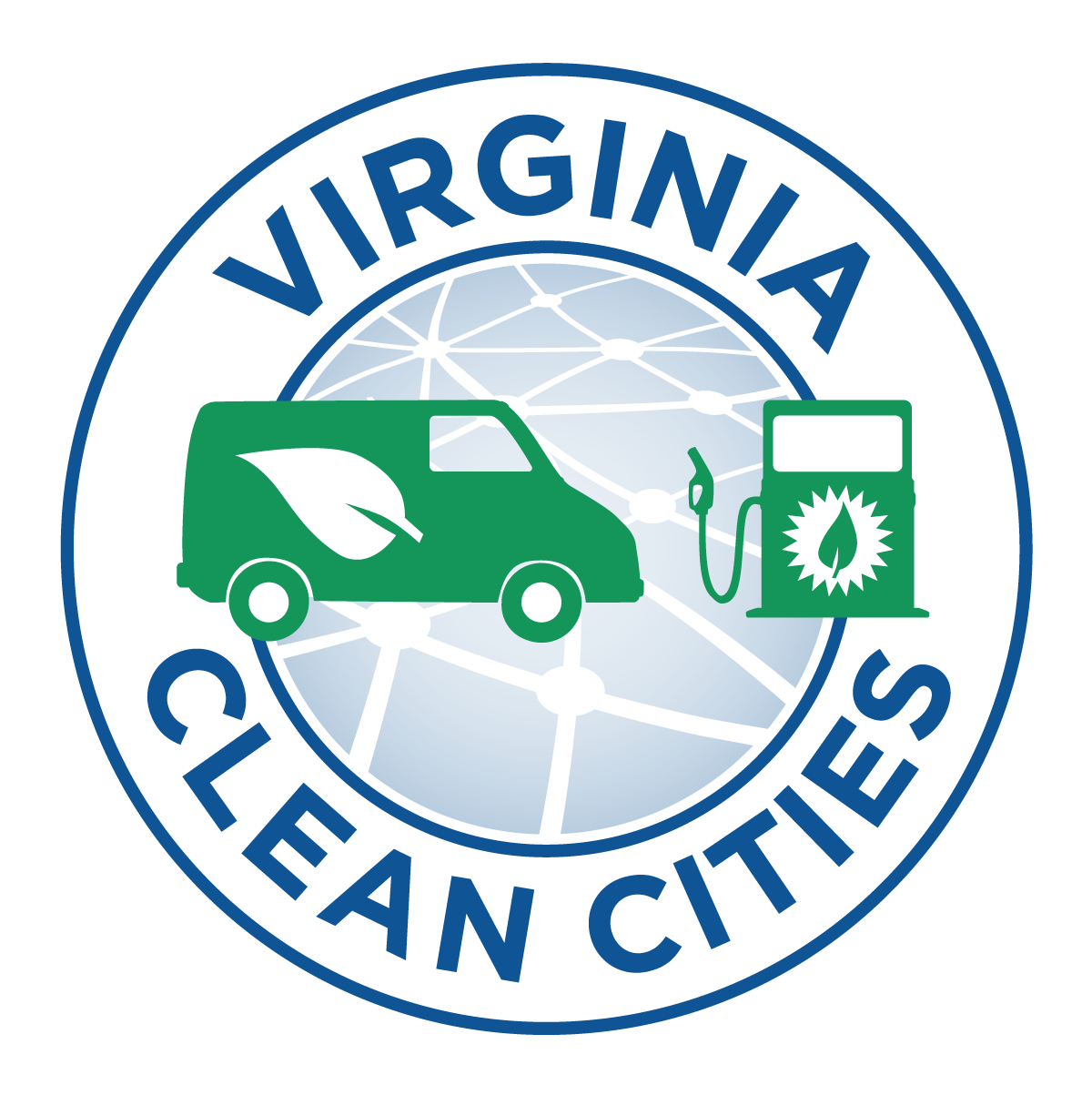For those new to ethanol fueling, installing the necessary infrastructure may be unchartered territory. From fuel specifications to dispensing regulations, the recently updated Handbook for Handling, Storing, and Dispensing E85 and Other Ethanol-Gasoline Blends (here) is the go-to source for all your ethanol station installation needs. The Handbook is designed for those who blend, distribute, store, sell, or use ethanol blends above E10 (90% gasoline blended with 10% ethanol). Below is a summary of some of the top infrastructure considerations:
Blend Level
If you are considering an ethanol fueling station, one of the first decisions to be made is the blend level. Specifically:
Low-level blend: E10
- Regulations and Specifications: E10 is subject to the same regulations and specifications as regular gasoline.
- Equipment: E10 can be stored and dispensed in existing gasoline fueling equipment.
- Vehicle Applications: Any gasoline-powered vehicle
Mid-level blend: E15 (10.5% to 15% ethanol); other common offerings include E25 (25% ethanol) and E30 (30% ethanol)
- Regulations and Specifications: ASTM International (ASTM) D4806 -Standard Specification for Denatured Fuel Ethanol for Blending with Gasoline for Use as Automotive Spark-Ignition Engine Fuel
- Equipment: For underground equipment, stations must adhere to federal code, which requires compatibility. The majority of tanks and pipes are compatible with all ethanol blends. For above-ground equipment, stations must use equipment listed for the fuel being sold. A list of compatible equipment is available in the Handbook.
- Vehicle Applications:
- E15: Flexible fuel vehicles (FFVs), model year 2001 and newer conventional light-duty cars and trucks, and medium-duty passenger vehicles
- E25 and E30: FFVs
- Note: FFVs can operate on any blend of gasoline and ethanol, up to 83% ethanol.
High-level blend: E85 (51% to 83% ethanol, depending on geography and season), also called ethanol “flex fuel”
- Regulations and Specifications: ASTM D5798 – Standard Specification for Ethanol Fuel Blends for Flexible-Fuel Automotive Spark-Ignition Engines
- Equipment: E85 fueling equipment is subject to the same requirements as mid-level blend equipment.
- Vehicle Applications: FFVs
Fuel Quality
Most transportation fuel sold in the United States is blended to ASTM specifications, the fuel quality standard. These standards are recognized by federal and most state government agencies as the primary means of ensuring fuel quality. Fleets and retailers should work with their fuel suppliers to confirm that the fuel provided meets these requirements. After the installation of ethanol fueling equipment, operational precautions, such as periodic checks (e.g., once every one to two months) of fuel properties, should be performed to help assure fuel quality.
Infrastructure Requirements
An ethanol station consists of approximately 60 interconnected pieces of fueling equipment necessary to deliver fuel to vehicles, including tanks, pipes, pump, dispenser, and hanging hardware. UL (www.ul.com) is the primary third-party safety certification laboratory that has developed standards for listing fueling equipment.
As stated above, stations must meet federal compatibility requirements for underground equipment, which includes a letter stating compatibility from a manufacturer with specific biofuel blends or listing from a third party laboratory, such as UL. The majority of existing tanks and pipes are compatible with all ethanol blends. Some associated underground storage equipment, such as leak detection and prevention or fill equipment, may need to be replaced.
Above-ground equipment must be listed for the fuel blend being dispensed. UL listed above-ground equipment is available for E10, E25, and E85 blends. A complete list of compatible equipment is available in the appendices of the Handbook.
Note that some stations have UL-listed E85 blender pumps capable of legally dispensing ethanol blends between E0 and E85, including mid-level blends like E25 or E30, for FFV owners.
Labeling
Federal law requires dispenser labels for ethanol blends above E10 to follow Federal Trade Commission specifications (here). Labels must be placed on the front panel of the dispenser in a position that is clearly visible. Approved labels are available free of charge from the Blend Your Own website (here). Some states have additional labeling requirements; check here to see if your state does: http://www.afdc.energy.gov/laws/state.
Safety
When handling ethanol, it is important to keep safety procedures in mind. Like gasoline, ethanol is flammable, poisonous, and may contain additives that can be harmful even with casual contact. To avoid risk, personal exposure to ethanol should be minimized. To fight an ethanol fire, specific equipment, materials, and training is required. Before offering blends above E10, consult your local fire marshal to determine regulations governing safe ethanol handling procedures. It is also important to be familiar with specifications detailed in the E85 material safety data sheet (here).
For additional information on installing ethanol equipment at a station, such as a full list of codes and regulations, as well as a checklist for installing and dispensing ethanol blends, refer to the Handbook.
In addition, check out the Alternative Fuels Data Center’s (AFDC) ethanol pages for general information, on ethanol fueling stations:
- Ethanol Blends (http://www.afdc.energy.gov/fuels/ethanol_blends.html)
- Ethanol Codes, Standards, and Safety (http://www.afdc.energy.gov/fuels/ethanol_codes.html)
- Ethanol Equipment Options (http://www.afdc.energy.gov/fuels/ethanol_equip_options.html)
- Installing E85 Equipment (http://www.afdc.energy.gov/fuels/ethanol_installing_equip.html)
- Ethanol Fueling Station Locations (http://www.afdc.energy.gov/fuels/ethanol_locations.html)
